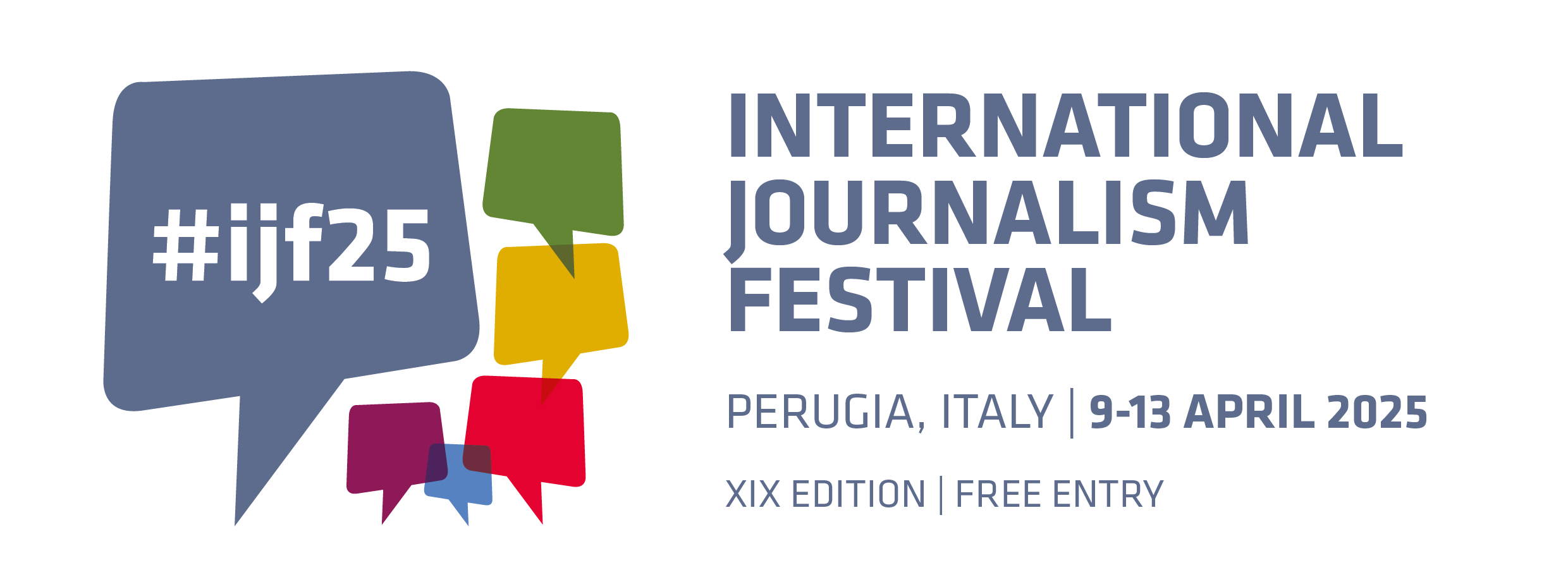Mainstream, online news and social media alike have been replete with images of refugees since last summer. Images of people continuously on the move; marching through the countryside (on their way to different European countries), of desperate people at sea on small and dangerous dinghies, of small children both dead and alive, of people crawling through razor wire and trying to board packed trains are all widespread. Images and coverage of moments of intense solidarity with refugees, on the one hand, and of implied links to terrorism on the other, above all in the aftermath of the Paris and Brussels attacks in November 2015 and March 2016, have also been common. One image of a dead Syrian boy, Alan Kurdi, lying face down on a beach in Turkey captured the world’s attention in September 2015. This panel will look at how Twitter played a crucial role in how this image was shared across 20 million screens in the space of 12 hours. It will look at the different ethical dimensions journalists and social media users struggled with when they made choices to share or not share these images and how platforms continue to struggle with graphic and hard to view content. The panel will also extend the discussion to how a key international organisation deals with the visual representation of the refugee crisis as well as their wider social media strategies for dealing with this crisis.
The session will take as its starting point the report published by the Visual Social Media Lab in December 2015 entitled The Iconic Image on Social Media: a Rapid Research Response to the Death of Aylan Kurdi.


